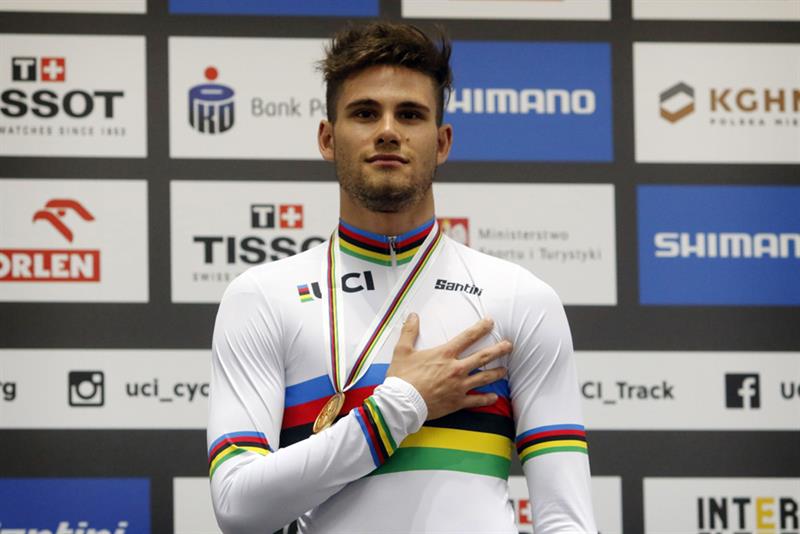According to the Finnish telecoms giant, the 5G SA private wireless network at the elite cycling event at Saint-Quentin-en-Yvelines National Velodrome ensured ultra-low latency and ultra-high throughput for all users including the teams, spectators, sponsors, medias.
Alongside creating an “immersive experience”, Nokia said the robust private wireless networks also helped support video and data sharing to improve situational awareness in the stadium for security and safety teams.
Nokia used both 5G mmWave and 5G cmWave to show live video streams of races both on a large screen and through 5G smartphones, tablets and headsets supplied at the track. The use of 360° robotic cameras operated remotely in real-time allowed Nokia to deliver multi-screen views and race statistics in augmented reality supported by the sounds of the track, the atmosphere in the stadium or audio commentary in different languages.
Netherlands topped the medal table at the event led by double gold medal winner Harrie Lavreysen, who won a fourth straight gold in the men's sprint event as well as leading a Dutch one-two in the men’s keirin event ahead of fellow gold medal winner Jeffrey Hoogland.
The event also saw Italy’s Filippo Ganna (pictured below) become the first rider to break the four-minute barrier at sea level, with his feat at the Quentin-en-Yvelines Vélodrome coming just six days after he set an hour record in Switzerland. Hosts France finished third in the medal table behind Netherlands and Italy including a gold in the final event for Donavan Grondin and Benjamin Thomas in the men’s madison.

Commenting on the success of the trial, Michel Callot, president of the French Cycling Federation, said: “Leveraging Nokia 5G private wireless network we see how the technology can elevate the experience for the thousands of bandwidth hungry spectators at race events like this one. The French Cycling Federation is enthusiastic about exploiting all the [ongoing] new service opportunities that 5G will bring us, both for spectators, athletes and organisers.”
Nokia said it would continue to use the 5G MPW network through its 5G Stadium Lab programme to work with industry partners to develop Industry 4.0 use cases for use at future sporting events.
Stéphane Haulbert, head of partners in Europe at Nokia, said: “We have extensive leadership in deploying 5G private wireless at event venues worldwide. We are pleased to have showcased private wireless connectivity at the 2022 TISSOT UCI Track World Championship event in France and show the potential for future global events in the city.
“The work we are doing with industry partners under the 5G Stadium Lab allows us to develop and test in-demand use cases for services such as security, leveraging AI and machine learning capabilities to enable automated monitoring of multiple video and sensor data feeds and alerts. Private wireless puts the network owner in control, allowing them to support the distinct needs of a variety of stakeholders and services.”



